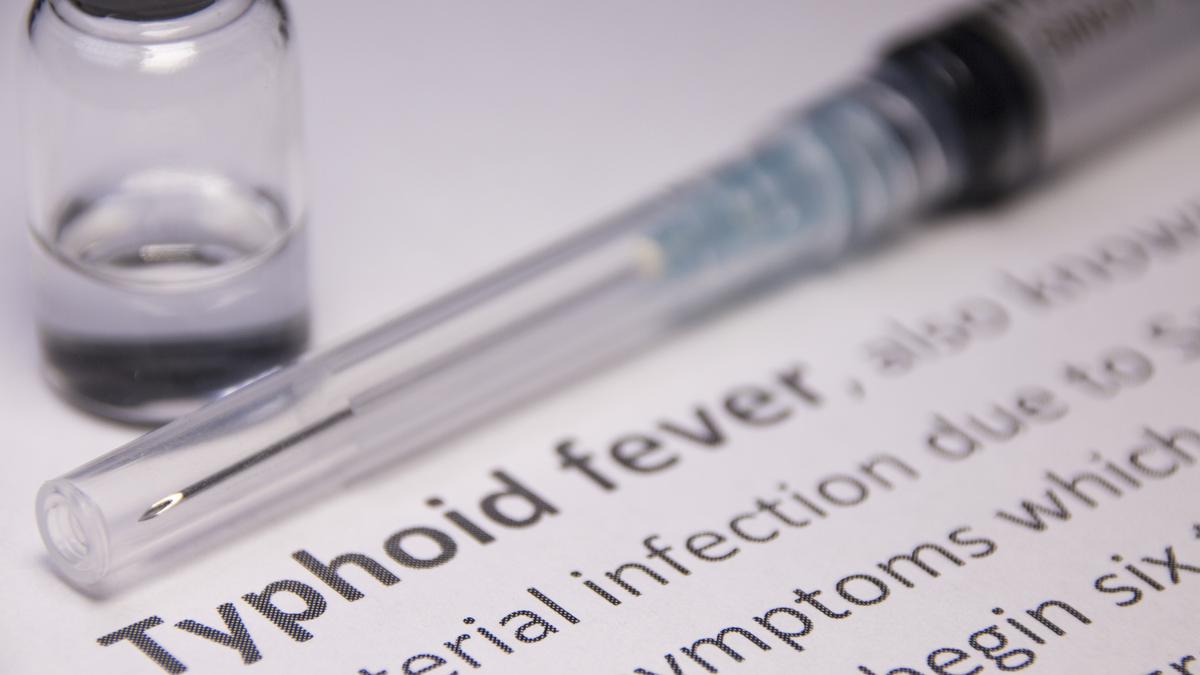ICMR seeks partners for development and commercialisation of typhoid and paratyphoid vaccine

ICMR Invites Partners for Development and Commercialisation of Typhoid & Paratyphoid Vaccine
Context:
- Typhoid and paratyphoid fevers remain a major public health concern in India, particularly in urban areas.
- Estimated national incidence: ~360 cases per 100,000 population, translating to ~4.5 million cases annually.
- Current vaccines in India: Typbar-TCV, Ty21a, Typhim Vi, Typherix, mostly available in private sector.
- Need for an affordable, broadly protective vaccine in India.
ICMR Initiative:
- Objective: Joint development and commercialisation of a recombinant Typhoid & Paratyphoid vaccine developed by ICMR-NIRBI, Kolkata.
- Vaccine technology: Based on outer membrane vesicles from two Typhoidal Salmonella strains, targeting Salmonella Typhi and Salmonella Paratyphi.
- Method: Open Expression of Interest (EoI) to eligible organisations/companies for collaboration.
Terms & Support:
- Technical & scientific oversight by ICMR-NIRBI, including study planning, protocol development, data analysis, outcome assessment, safety and efficacy evaluation, and product improvement.
- Royalty structure: 2% on net sales, per ICMR Technology Development Collaboration Guidelines.
- Phased approach: Phase-I validation under NDA; subsequent R&D, manufacture, and commercialisation allowed post-agreement.
- ICMR provides expert guidance, facilitation, and technical support throughout vaccine development and commercialization.
Significance / Implications:
- Potential to reduce typhoid and paratyphoid burden in India and globally.
- Promotes public-private partnerships in vaccine development.
- Strengthens India’s indigenous vaccine R&D capabilities.
- Supports SDG 3 (Good Health and Well-being) by addressing enteric fever.
- Could enhance affordable access to vaccines, especially in urban high-burden regions.
Policy / Public Health Relevance:
- Addresses antibiotic resistance concerns by preventing bacterial infections.
- Complements national immunisation strategies, especially for children and high-risk populations.
- Provides a model for technology transfer and collaborative vaccine development.
Updated - February 15, 2025 06:03 pm | The Hindu